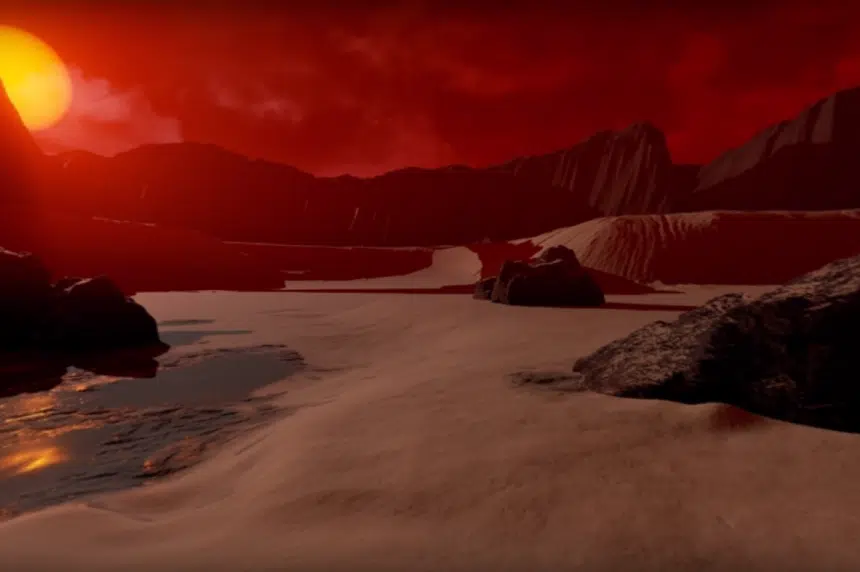NASA’s recent discovery of seven planets orbiting the same star could help the University of Saskatchewan.
The school’s astronomy department has been engaged in a project trying to find exo-moons — moons orbiting planets in other solar systems.
NASA discovered the planets in the Trappist-1 system by finding the shadows they cast as they orbit their parent star.
U of S astronomy and physics professor Stan Shadick told 650 CKOM the methods he and his students use to find exo-moons are very similar.
Shaddick said it’s still too early to say much about NASA’s discovery. While many are excited about the prospect of finding life on the newly found worlds, he said there are major difference’s between the Trapper-1 star and our own sun.
“It has a mass only about 8 per cent of the mass of our own sun. So it’s a very very dim, cool, star presumably,” he said.
Shaddick said there is also a strong possibility some or all of the planets are tidally locked — meaning only one side of the planet ever faces the star while it orbits.
Shaddick said that if that is found to be the case, it would likely limit the possibilites for life to take root, as half a tidally locked planet would be very cold and the other half very hot.
Whatever the case, Shaddick said he’s glad to be able to tell his students that the work they’re doing is similar to a major and widely-reported discovery.
“Many clear nights we’re actually monitoring, not this system, but other systems with planets orbiting stars and using a technique very similar to how these (planets) were discovered,” he said.
NASA released this YouTube video showing an artist’s impression of what one of 7 newly discovered planets might look like.
-With files from 650 CKOM’s Chris Vandenbreekel and Bryn Levy











